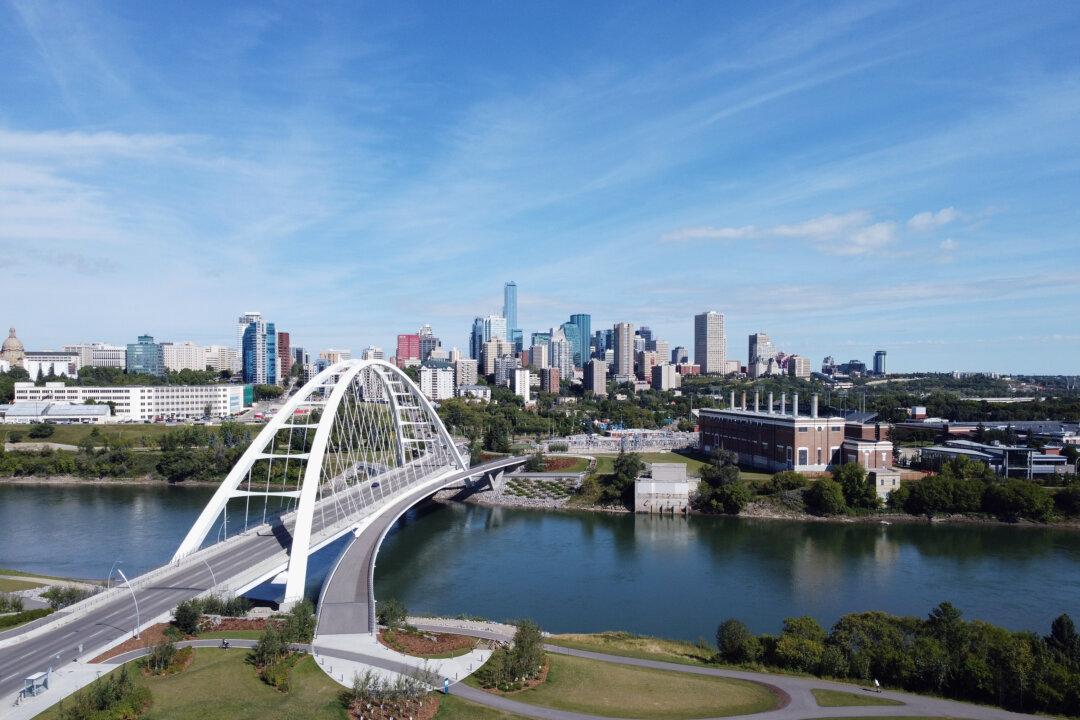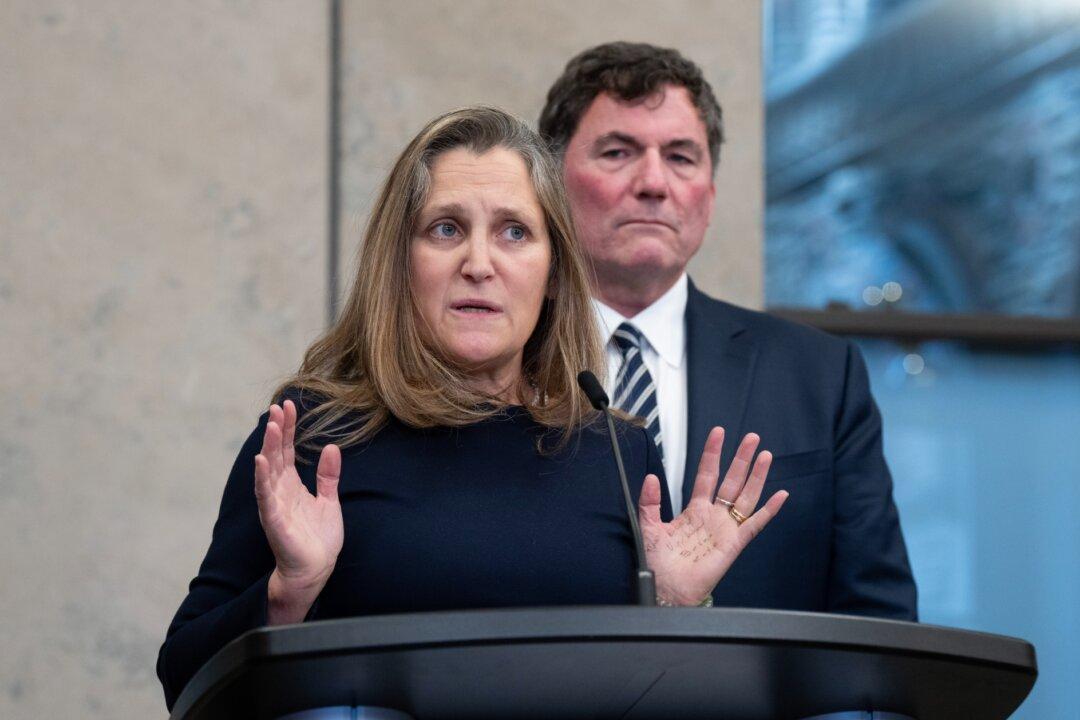Edmonton is one of the few cities in the world to adopt a 15-minute city model, with council recently approving the much-debated city plan.
Its goal is for people to access needed amenities and workplaces within a 15-minute walk, bike-ride, or transit trip from their homes. Edmonton’s policy documents suggest this may go hand-in-hand with the goal to cut the percentage of trips made by vehicles from the current level of roughly 80 percent down to 50 percent. This reduction is part of the city’s efforts to reduce carbon emissions.





